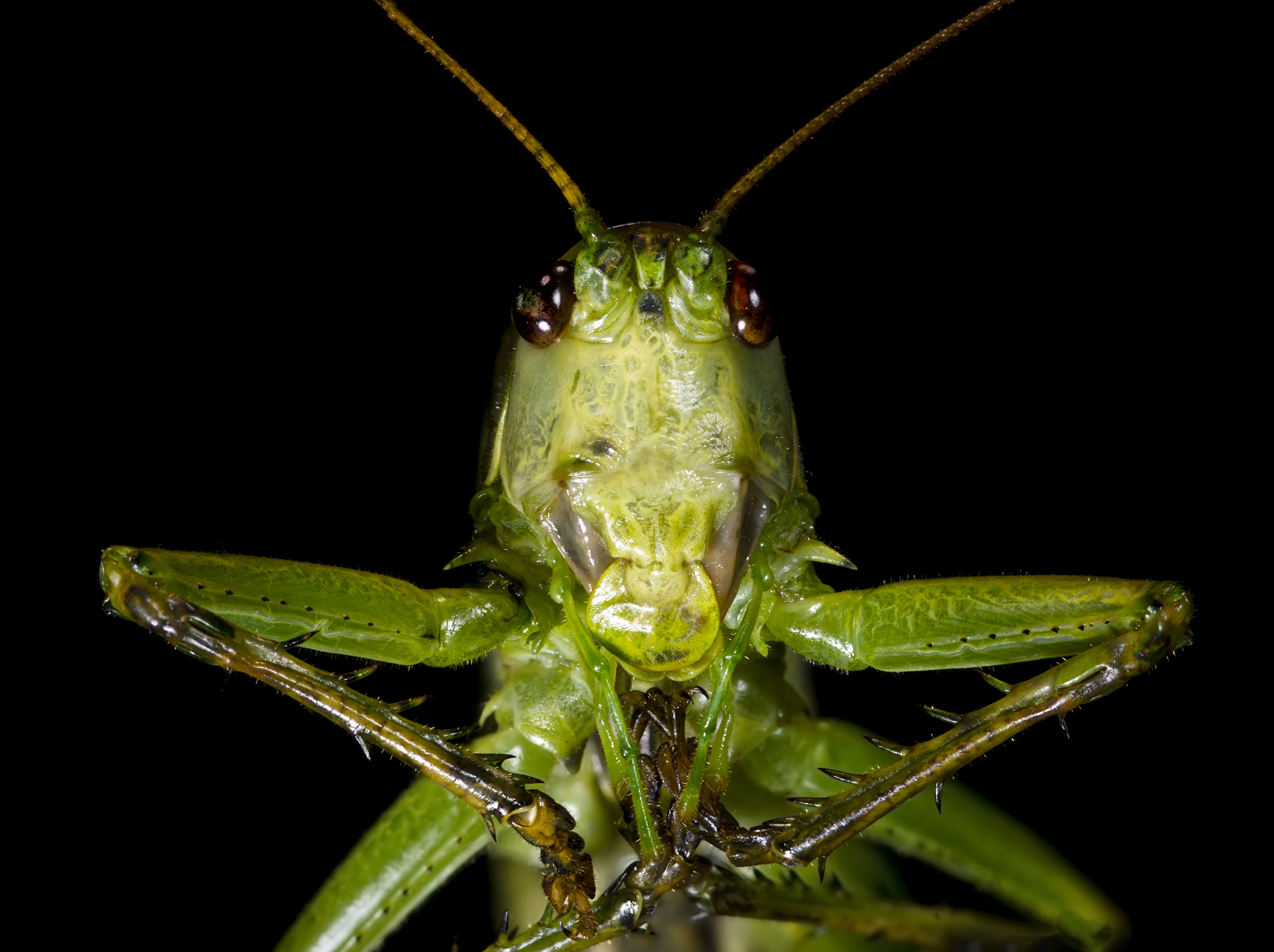|
Barbitistes Obtusus
''Barbitistes obtusus'', the southern saw-tailed bush-cricket or Alpine saw bush-cricket, is a species of Tettigoniidae, bush crickets in the subfamily Phaneropterinae. Distribution and habitat This species replaces ''Barbitistes serricauda'' in the Southern Alps. It is present in France, Italy and Switzerland, from the Basses-Alpes to the Julian Alps and central Apennines, with a small populations in the Apuan Alps. This typical mountain species prefers lightly shaded woods and scrubland up to 2000 meters a.s.l.. It is often found on blackberry leaves. Description ''Barbitistes obtusus'' can reach a length of in males, of in female, with an ovipositor of .Linnea Orthoptera.ch This s ... [...More Info...] [...Related Items...] OR: [Wikipedia] [Google] [Baidu] |
Adolfo Targioni Tozzetti
Adolfo Targioni Tozzetti (13 February 1823 in Florence – 18 September 1902) was an Italian entomologist who specialised in Sternorrhyncha. He was Professor of Botany and Zoology in Florence, associated with Museo di Storia Naturale di Firenze where his collection remains today at La Specola. He was especially interested in pest species, mainly mealybugs, scale insects and other pests that attack citrus and peaches. He described many new taxa In biology, a taxon ( back-formation from '' taxonomy''; plural taxa) is a group of one or more populations of an organism or organisms seen by taxonomists to form a unit. Although neither is required, a taxon is usually known by a particular n .... He was a member of the founding committee of La Società Entomologica Italiana. Works (partial list) *1867 Studii sulle Cocciniglie. ''Memorie della Società Italiana di Scienze Naturali''. Milano 3: 1-87. *1868 (separate), 1869. Introduzione alla seconda memoria per gli studi sulle c ... [...More Info...] [...Related Items...] OR: [Wikipedia] [Google] [Baidu] |
Barbitistes Obtusus -- Südalpen-Säbelschrecke
''Barbitistes'' is a genus of bush crickets in the subfamily Phaneropterinae. Description In the genus ''Barbitistes'' the anterior dorsal surface of the vertex (''fastigium'') is usually conical and blunt. The length of the antenna is approximately 1.5 - 3 fold to body length. The males have long and often tortuous appendages on the rear-most segments ("cerci"). The ''Barbitistes'' species are often brightly colored. Distribution Species of this genus are present in much of Europe (but not the British Isles or Scandinavia) and in Asia Minor. Species This genus contains the following species: # ''Barbitistes alpinus'' # ''Barbitistes constrictus'' Brunner von Wattenwyl, 1878 # ''Barbitistes fischeri'' (Yersin, 1854) (synonym ''B. berenguieri'' Fagniez, 1935) # ''Barbitistes kaltenbachi'' Harz, 1965 # ''Barbitistes obtusus'' Targioni-Tozzetti, 1881 # ''Barbitistes ocskayi'' (Charpentier, 1850) # ''Barbitistes serricauda'' (Fabricius, 1798) - type species # ''Barbitistes vic ... [...More Info...] [...Related Items...] OR: [Wikipedia] [Google] [Baidu] |
Tettigoniidae
Insects in the family Tettigoniidae are commonly called katydids (especially in North America), or bush crickets. They have previously been known as "long-horned grasshoppers". More than 8,000 species are known. Part of the suborder Ensifera, the Tettigoniidae are the only extant (living) family in the superfamily Tettigonioidea. They are primarily nocturnal in habit with strident mating calls. Many species exhibit mimicry and camouflage, commonly with shapes and colors similar to leaves. Etymology The family name Tettigoniidae is derived from the genus '' Tettigonia'', first described by Carl Linnaeus in 1758. In Latin ''tettigonia'' means a kind of small cicada, leafhopper; it is from the Greek τεττιγόνιον ''tettigonion'', the diminutive of the imitative ( onomatopoeic) τέττιξ, ''tettix'', cicada. All of these names such as ''tettix'' with repeated sounds are onomatopoeic, imitating the stridulation of these insects. The common name ''katydid'' is also on ... [...More Info...] [...Related Items...] OR: [Wikipedia] [Google] [Baidu] |
Phaneropterinae
The Phaneropterinae, the sickle-bearing bush crickets or leaf katydids, are a subfamily of insects within the family Tettigoniidae. Nearly 2,060 species in 85 genera throughout the world are known. They are also known as false katydids or round-headed katydids. The name Phaneropterinae is based upon the Old World genus ''Phaneroptera'' (type species '' P. falcata''), meaning "visible wing"; this refers to the exposed tips of the inner wings seen in many species, although some genera, notably in the tribes Barbitistini and Odonturini have become brachypterous. Description The legs of individuals in this subfamily vary from genus to genus, but, as in nearly all Orthoptera, the posterior (rear) legs are adapted to leaping, and as such are always much longer than other legs. The Phaneropterinae are largely arboreal in habitat. The vast majority of species live in shrubs and trees, feeding on leaves and twigs. Some species might potentially cause significant damage, though usually s ... [...More Info...] [...Related Items...] OR: [Wikipedia] [Google] [Baidu] |
Basses-Alpes
Alpes-de-Haute-Provence or sometimes abbreviated as AHP (; oc, Aups d'Auta Provença; ) is a department in the Provence-Alpes-Côte d'Azur region of France, bordering Alpes-Maritimes and Italy to the east, Var to the south, Vaucluse to the west, Drôme and Hautes-Alpes to the north. Formerly part of the province of Provence, it had a population of 164,308 in 2019,Populations légales 2019: 04 Alpes-de-Haute-Provence INSEE which makes it the 94th most populated French department. Alpes-de-Haute-Provence's main cities are |
Julian Alps
The Julian Alps ( sl, Julijske Alpe, it, Alpi Giulie, , ) are a mountain range of the Southern Limestone Alps that stretch from northeastern Italy to Slovenia, where they rise to 2,864 m at Mount Triglav, the highest peak in Slovenia. A large part of the Julian Alps is included in Triglav National Park. The second highest peak of the range, the 2,755 m high Jôf di Montasio, lies in Italy. The Julian Alps cover an estimated 4,400 km2 (of which 1,542 km2 lies in Italy). They are located between the Sava Valley and Canale Valley. They are divided into the Eastern and Western Julian Alps. Name The Julian Alps were known in antiquity as ''Alpe Iulia'', and also attested as ''Alpes Juliana'' AD 670, ''Alpis Julia'' 734, and ''Alpes Iulias'' in 1090. Like the municipium of ''Forum Julii'' (now Cividale del Friuli) at the foot of the mountains, the range was named after Julius Caesar of the Julian clan, perhaps due to a road built by Julius Caesar and completed ... [...More Info...] [...Related Items...] OR: [Wikipedia] [Google] [Baidu] |
Apennines
The Apennines or Apennine Mountains (; grc-gre, links=no, Ἀπέννινα ὄρη or Ἀπέννινον ὄρος; la, Appenninus or – a singular with plural meaning;''Apenninus'' (Greek or ) has the form of an adjective, which would be segmented ''Apenn-inus'', often used with nouns such as ("mountain") or Greek (), but ''Apenninus'' is just as often used alone as a noun. The ancient Greeks and Romans typically but not always used "mountain" in the singular to mean one or a range; thus, "the Apennine mountain" refers to the entire chain and is translated "the Apennine mountains". The ending can vary also by gender depending on the noun modified. The Italian singular refers to one of the constituent chains rather than to a single mountain, and the Italian plural refers to multiple chains rather than to multiple mountains. it, Appennini ) are a mountain range consisting of parallel smaller chains extending along the length of peninsular Italy. In the northwest t ... [...More Info...] [...Related Items...] OR: [Wikipedia] [Google] [Baidu] |
Apuan Alps
The Apuan Alps ( it, Alpi Apuane) are a mountain range in northern Tuscany, Italy. They are included between the valleys of the Serchio and Magra rivers, and, to the northwest, the Garfagnana and Lunigiana, with a total length of approximately . The name derives from the Apuani Ligures tribe that lived there in ancient times. The mountain range is known for its Carrara marble. Due to its extraction height environmental impact, the No Cav movement strongly opposes this activity. Geology and geography The chain formed out of sea sediments in the middle Triassic period, somewhat earlier than the rest of the Apennines, and on a rather different geological structure. Over time, these sediments hardened into limestone, dolomite, sandstone, and shale. Harsh pressure approximately 25 million years ago transformed the limestone in many places into the Carrara marble (named for the nearby city of Carrara) for which the range is renowned. Erosion carved much of the remaining sedimenta ... [...More Info...] [...Related Items...] OR: [Wikipedia] [Google] [Baidu] |
Barbitistes Serricauda
''Barbitistes serricauda'' is a species belonging to the family Tettigoniidae subfamily Phaneropterinae. It is found in most of Europe.Fauna Europaea The imagines can be found from July to September on sunny forest edges and shrubs. They are mostly nocturnal. References {{Taxonbar, from=Q1614988 Orthoptera of Europe Insects described in 1798 Phaneropterinae ... [...More Info...] [...Related Items...] OR: [Wikipedia] [Google] [Baidu] |
Pronotum
The prothorax is the foremost of the three segments in the thorax of an insect, and bears the first pair of legs. Its principal sclerites (exoskeletal plates) are the pronotum ( dorsal), the prosternum ( ventral), and the propleuron ( lateral) on each side. The prothorax never bears wings in extant insects (except in some cases of atavism), though some fossil groups possessed wing-like projections. All adult insects possess legs on the prothorax, though in a few groups (e.g., the butterfly family Nymphalidae) the forelegs are greatly reduced. In many groups of insects, the pronotum is reduced in size, but in a few it is hypertrophied, such as in all beetles (Coleoptera). In most treehoppers (family Membracidae, order Hemiptera), the pronotum is expanded into often fantastic shapes that enhance their camouflage or mimicry. Similarly, in the Tetrigidae, the pronotum is extended backward to cover the flight wings, supplanting the function of the tegmina. See also * Glossary o ... [...More Info...] [...Related Items...] OR: [Wikipedia] [Google] [Baidu] |
Tegmina
A tegmen (plural: ''tegmina'') designates the modified leathery front wing on an insect particularly in the orders Dermaptera (earwigs), Orthoptera ( grasshoppers, crickets and similar families), Mantodea (praying mantis), Phasmatodea (stick and leaf insects) and Blattodea (cockroaches). It is also a term used in botany to describe the delicate inner protective layer of a seed, and in zoology to describe a stiff membrane on the upper surface of the crown of a crinoid. In vertebrate anatomy it denotes a plate of thin bone forming the roof of the middle ear. The nature of tegmina The term ''tegmen'' refers to a miscellaneous and arbitrary group of organs in various orders of insects; they certainly are homologous in the sense that they all are derived from insect forewings, but in other senses they are analogous; for example, the evolutionary development of the short elytra of the Dermaptera shared none of the history of the development of tegmina in the Orthoptera, say. Also, ... [...More Info...] [...Related Items...] OR: [Wikipedia] [Google] [Baidu] |
Phaneropterinae - Barbitistes Obtusus
The Phaneropterinae, the sickle-bearing bush crickets or leaf katydids, are a subfamily of insects within the family Tettigoniidae. Nearly 2,060 species in 85 genera throughout the world are known. They are also known as false katydids or round-headed katydids. The name Phaneropterinae is based upon the Old World genus ''Phaneroptera'' (type species '' P. falcata''), meaning "visible wing"; this refers to the exposed tips of the inner wings seen in many species, although some genera, notably in the tribes Barbitistini and Odonturini have become brachypterous. Description The legs of individuals in this subfamily vary from genus to genus, but, as in nearly all Orthoptera, the posterior (rear) legs are adapted to leaping, and as such are always much longer than other legs. The Phaneropterinae are largely arboreal in habitat. The vast majority of species live in shrubs and trees, feeding on leaves and twigs. Some species might potentially cause significant damage, though usually s ... [...More Info...] [...Related Items...] OR: [Wikipedia] [Google] [Baidu] |






